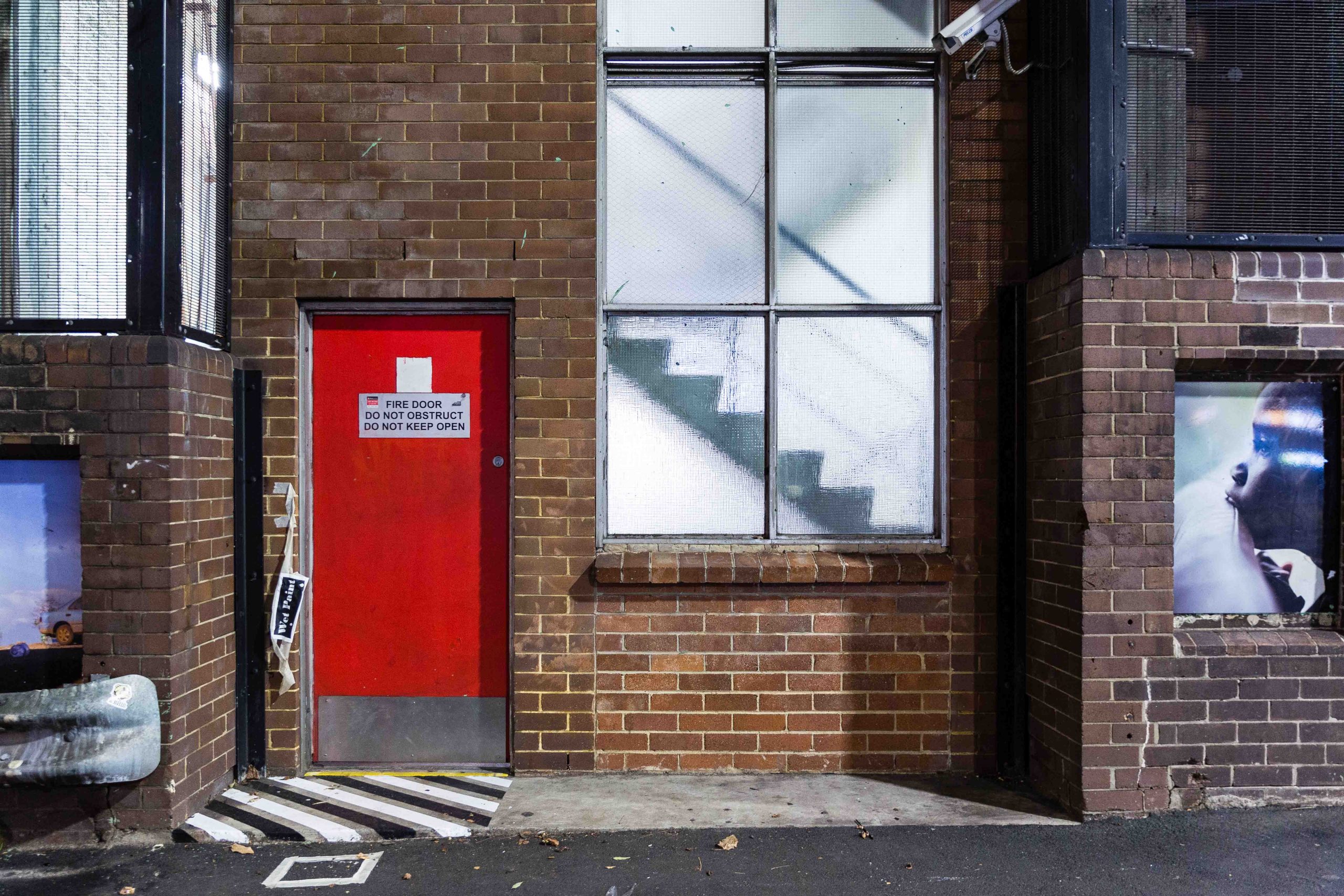
(Image: Wet Paint © Justin Carey)
We thought it’d be fun to share some snippets of inspiration and information from some of our favourite people in the photography industry. Something for everyone, and short enough to absorb with ease! So here we are, introducing Justin Carey as our first 3 Top Tip’er!
Justin has been a Shutter Hub member for quite some time now, his night photography has proved popular at two recent Shutter Hub OPEN exhibitions and gained him 3rd place each time from the people’s vote. In 2016 Justin joined us at the OPEN in Cambridge, to deliver an enthralling talk on the history of night photography. Not only did he share his vast knowledge of the medium, but he offered the audience an insight into the way he works, and the things that will help everyone else in their night photography too, so it seemed apt to ask him if he’d share some of those tips with a much wider audience, and let you guys in on it too!

(Image: I Hope My Life Is No Sign Of The Times © Justin Carey)
1. Be prepared!
It’s important to get the basics right, thus freeing you up to concentrate on enjoying your photography. That means being prepared with all the gear you’ll need while out and about at night. Make sure you’ve not forgotten the little bit that connects your camera to your tripod, check your camera battery is fully charged and you have enough space on your memory cards to keep you going all night. If you’d rather carry spare batteries and cards that’s fine too. There’s nothing worse than traveling out to a location far from home only for your battery to die on you after 15 minutes! Make sure your phone is fully charged and you’ve got a bit of cash for emergencies as well.
If you’re warm, dry and well-fed you’ll be able to focus on the job in hand, which means dressing appropriately for the weather with enough layers to stay warm as the night chill sets in (consider waterproof clothing too). Sturdy and comfortable shoes are a must and don’t forget to pack yourself a snack or two to keep the energy levels up.
If you’re out taking photos at night, you’re definitely allowed to eat chocolate guilt-free…those are the official rules!

(Image: Maybe It’s Simple If You Look Long Enough © Justin Carey)
2. Understand exposure
Working in low light may seem challenging, but it needn’t be if you keep the exposure basics in mind. Understanding ‘the triangle’ of aperture, shutter speed and ISO and how they relate to each other is key to being able to make great photos at night (or indeed at any other time). What’s better, once you understand the rules you’ll know how to break them!
Keep it simple, remember that aperture is simply the size of the window allowing light into your camera. The bigger the window (low ‘f’ number) the more light your camera can capture, which might be useful at night. Shutter speed is the length of time your camera collects light for, so the longer the shutter speed the more light your camera will collect. Understanding this and how it relates to your exposure choices is the first step to taking great photos at night. To begin, concentrate on manipulating one of these two variables and seeing how it affects the photos you create. A good place to start would be with ‘aperture priority’ (try f5.6 or f8 to begin with) and let the camera control the other settings.
ISO determines how sensitive your camera is to light, the higher the number the more sensitive to light your camera will be, but this comes at a cost of image quality. Try to shoot at the lowest possible ISO at all times until you’ve fully grasped aperture and shutter speed.
Work on this and you’ll be rocking bulb mode in no time!

(Image: Interrupted © Justin Carey)
3. Embrace the creative possibilities
Once you’ve gotten a handle on aperture and shutter speed you’re ready to unleash your creativity and also exploit your camera’s potential to the full. One of the real thrills of night photography is being able to capture light in a way that’s imperceptible to the human eye. So experiment with lengthening your exposures to capture light trails, cloud movements, the ghostly images of people moving through your frame and why not try light painting too? You can capture beautiful blurry bokeh with a wide aperture or shut it down to make your street lights shine like stars. Don’t be afraid to try whatever seems like it might make an interesting photo, whether that’s a different setting or lens, or a new location you’ve been itching to check out.
Be receptive to the work of others. If a photograph interests you, try and understand why. Don’t be afraid to try to reproduce the images of other photographers you like, using your hard-earned photography skills.
The key is to keep shooting and you’ll find your signature style soon enough.

(Image: Our Love Comes Back In The Middle Of The Night © Justin Carey)
S
ee more of Justin Carey’s work on his Shutter Hub profile here, and follow his blog via his website here.
Got 3 Top Tips you want to share? Drop us a email at info@shutterhub.org.uk


